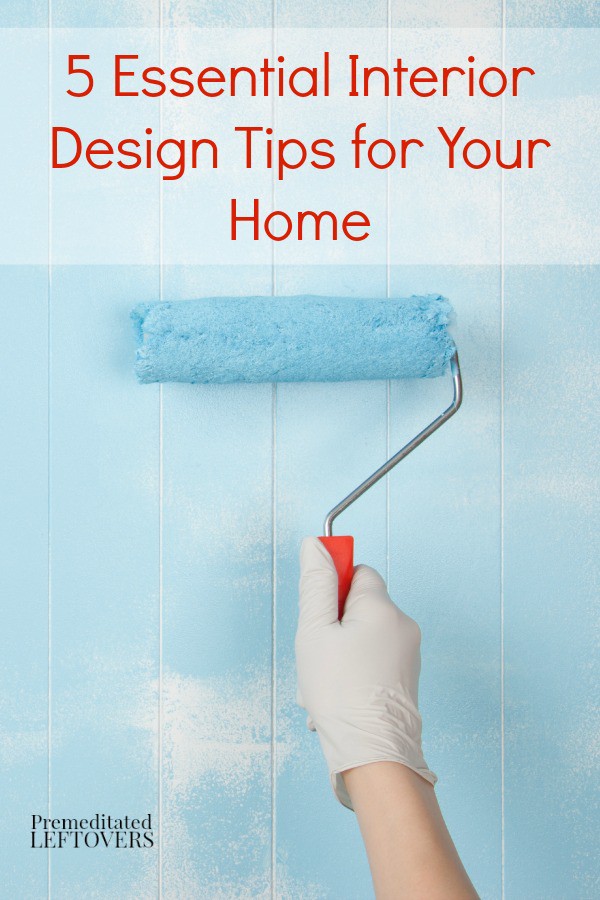Whether you are looking to give your home a much-needed makeover or preparing it to put it on the market, interior design is a great way to invest in your property. Many homeowners tend to fret over the overall design of their home due to just how expensive these projects can get and how a few wrong choices could create an eyesore, and this is why everyone should first read these five tips that will ensure their next designing project goes off without a hitch.
5 Essential Interior Design Tips for Your Home
1. Avoid Perfect Matches
One of the most common mistakes that families will make when updating the interior of their home is to go with perfectly matched colors, appliances, furniture, and designs. While matching these products may sound good in theory, it can often look off-putting or give off a sterile look. Instead, homeowners should pick colors or textures and then vary them slightly with shading. Colors such as cream, brown, and blues look great when multiple shades are used of the same primary color.
2. Create Themes Subtly
When picking a theme for the room, it is important to stay subtle. Overdoing a room with a particular theme or element can be overwhelming for visitors and will often come off as tacky more than aesthetically pleasing. An example of subtly creating a theme would be to add a few wooden chairs, a conversation starting centerpiece, and some barn door hardware to a dresser or door leading into the room for a rustic feel. When in doubt, it is best to forgo adding anymore items and get a feel for the layout of the room for a few weeks.
3. Soften Up The Main Colors
A new paint job is typically one of the biggest components of a home’s décor and something that many owners over think. First, it is important to narrow it down to two or three main colors and then test them in a small area to see how they actually look in the room. When choosing these colors, however, stick to light and mid-tone shades to make the room feel comfortable and to appear larger. This includes neutral whites, blues, browns, and greens that are within the same color scale as rugs and furniture.
4. Find Light In Unexpected Places
Lighting is another important component of interior design and one that is often overlooked. Instead of changing out light fixtures or adding some lamps, it is important to maximize the light that is already there. Glossy paints and mirrors are a perfect option to brighten a room and emphasize natural lighting with no serious changes. As an affordable alternative to larger windows, sun tubes can be dropped in if the room is on the second floor or the home only has one story.
5. Keep The Knick-Knacks To A Minimum
When taking on an interior design project it is important to think of art, pictures, books, conversation pieces, and any other knick-knacks as jewelry is to dress clothes. When a person goes overboard with jewelry it can lead to some major fashion issues, but the perfect amount will complete the outfit. Houses that are packed with pictures or other family belongings generally appear to be cluttered more than anything which can ruin any other artistic touches. In most rooms, owners should aim for one main item and two to four complementary items.
Creating the perfect interior design is not about perfectly matching colors or filling a room with as many family possessions as possible. A room will really stand out with soft colors, excellent lighting, key conversational pieces, and a subtle theme that pulls the entire home together.
More Home Decorating Tips
4 Living Room Decorating Ideas on a Budget
How to Save Money on Home Decor
Simple Tips for Minimalist Home Decorating
Paisley Hansen is a freelance writer and expert in health, fitness, beauty and fashion. When she isn’t writing she can usually be found reading a good book or hitting the gym.


Leave a Reply